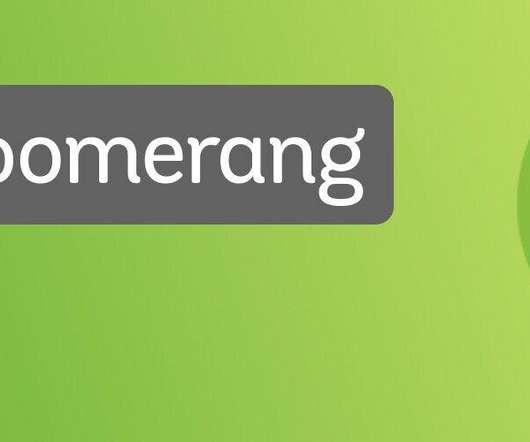Meditations on Relevance, Part 3: Who Decides What's Relevant?
Museum 2.0
AUGUST 19, 2015
Community First Program Design At the Santa Cruz Museum of Art & History , we've gravitated towards a "community first" program planning model. Develop collaborations and programs, keeping in mind what you have learned. Often, organizations adopt a service model that is strictly needs-based. It's pretty simple.














Let's personalize your content